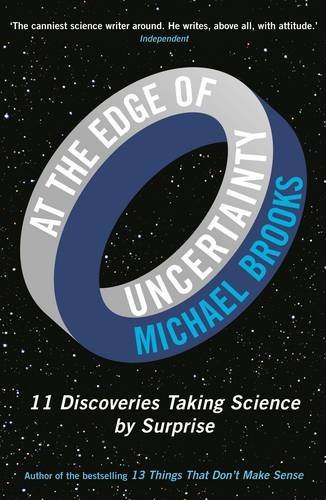What do you think?
Rate this book


304 pages, Paperback
First published January 1, 2014

"...That is why we go to the edge of uncertainty: to quest, and question, and fight with ourselves and others until we have an answer. Then, aware that we have brushed against other questions and surprises, we stow our new discoveries safely, and dive back into the dark waters to wrestle more things into the light. We have been doing it for centuries, and we can only hope we will be doing it for centuries to come. This is, after all, the best thing humans have ever done.
This is how those mysterious and powerful brains compel us to behave: they endow us with the curiosity, the bravery and the tenacity to hunt out the truth as best we can. It’s not an easy way to live. By the end of this journey to the frontiers of human certainty and beyond, your brain will feel battered and bruised. But it will also cry out for more. Adventuring is addictive. You have been warned..."